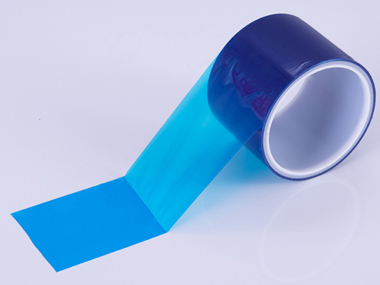Dec. 27, 2021
The checklist that follows is a rough guideline that can be used to help you zero in on the optimum protective film for your particular application. You will probably want to evaluate two or three different films to find the best performer for your requirements. The more specifically you can identify the requirements of your application, the closer you can come to find that perfect film the first time around.
Also, view our types of protective film page for even more information.
Metal type: ________________
Plastic type: ________________
Glass: ________________
High pressure laminate: ________________
Stone, marble, granite: ________________
Carpeting: ________________
Painted surface (fully cured): ________________
Other: ________________
PE Protective Film for Carpet
Smooth/glossy: ________________
Matte/textured/embossed: ________________
Coated? If yes, with what: ________________
Prolonged exposure to Sunlight / UV lighting: ________________
Temperature extremes: ________________
High positive pressure (such as the bottom unit of a tall stack): ________________
High negative pressure (wind or something pulling the away from the surface): ________________
High humidity: ________________
Moisture/rain/immersion: ________________
Chemical interaction with elements in the protected surface: ________________
Chemical interaction with elements in the environment: ________________
Protective Film for Glass
Days ___ Weeks ___ Months ___
More than 6 months ___ More than a year ___
Abrasion:___ Staining:____
Scratching: ___ Etching: ___
Chipping: ___ Contamination: ___(over-spray, finger prints, dust, etc.)
Does the protected surface need to be visible through the film? Yes No
Does the film need to stretch during stamping, forming, or bending? Yes No
Does the film need to be cut cleanly in a die press? Yes No
Does the film need a color tint to signal its presence? Yes No
Does the film need to have optical grade clarity? Yes No
Does the film need to protect against ESD (electrostatic discharge)? Yes No

Protective Film For Marbles And Ceramics
Does the film need to be perforated or cut to a shape? ___ width ___ length
Does the film need to be supplied as sheets on a release liner? Yes No
Will the film be dispensed by __ hand, from __ a dispenser or __ an applicator?
What role/sheet dimensions are required?
___ Width ___ Maximum roll weight
___ Length ___ Maximum roll outer diameter
Adhesive could permanently bond the film to the surface. ___
Adhesive could stain the surface (ghosts of bubbles/wrinkles in the film).__
Adhesive could leave a sticky residue on the surface.___
Adhesive could lose its bond with the surface and fall off.___
greater plant capacity thanks to less rework: ___
over-time costs less: ___
higher morale in the executive suite: ____
Let us help you find the best temporary surface protection film for your needs. Welcome to contact us today or visit our website to learn more about the PE protective plastic film.
Navigation
+86 158 1691 5404
+86 757 8271 3937
+86 757 8271 3937
No. 10 Industry Huacongsiyue Village, Shishan Town, Nanhai District, Foshan, Guangdong Province, China